By Brian Park • Scotland Regional Sales Manager • Sulzer || As legislation dictating efficiency requirements of electric motors tightens, the volume of variable speed drives (VSDs) in service increases. Often specified by the motor manufacturer as part of the original installation (or retrofitted to improve efficiency) the drive contains both hardware and software that is designed to work with a motor in a specific application. So, what happens if the drive ceases to operate?
Whether called inverters or VFDs, VSDs essentially control the speed and torque of ac motors by varying the frequency and voltage of motor supply. In today’s applications they can interpret a range of input signals and vary the motor output according to the predefined software that is installed — so as to boost energy savings by matching the motor output to the demands of the process.
New implementation of drives has been spurred by the latest European efficiency regulations for electric motors that went into effect in January 2015. Under Regulation 640/2009, all new motor installations between 7.5 kW and 375 kW must use an IE3-rated motor or an IE2 motor installed with a VFD. This year, the rule will expand to all motors rated between 0.75 kW and 7.5 kW.
However, the technology has been around for decades and over the years the size of drives has drastically reduced, while the control features have become more numerous and the overall energy savings have increased. This advancement also means that a great deal of the original equipment is now obsolete, therefore if any problems do develop, finding a suitable repair may prove difficult. Some might advise complete replacement, but this may not be the most cost effective solution, especially on larger pieces of equipment.
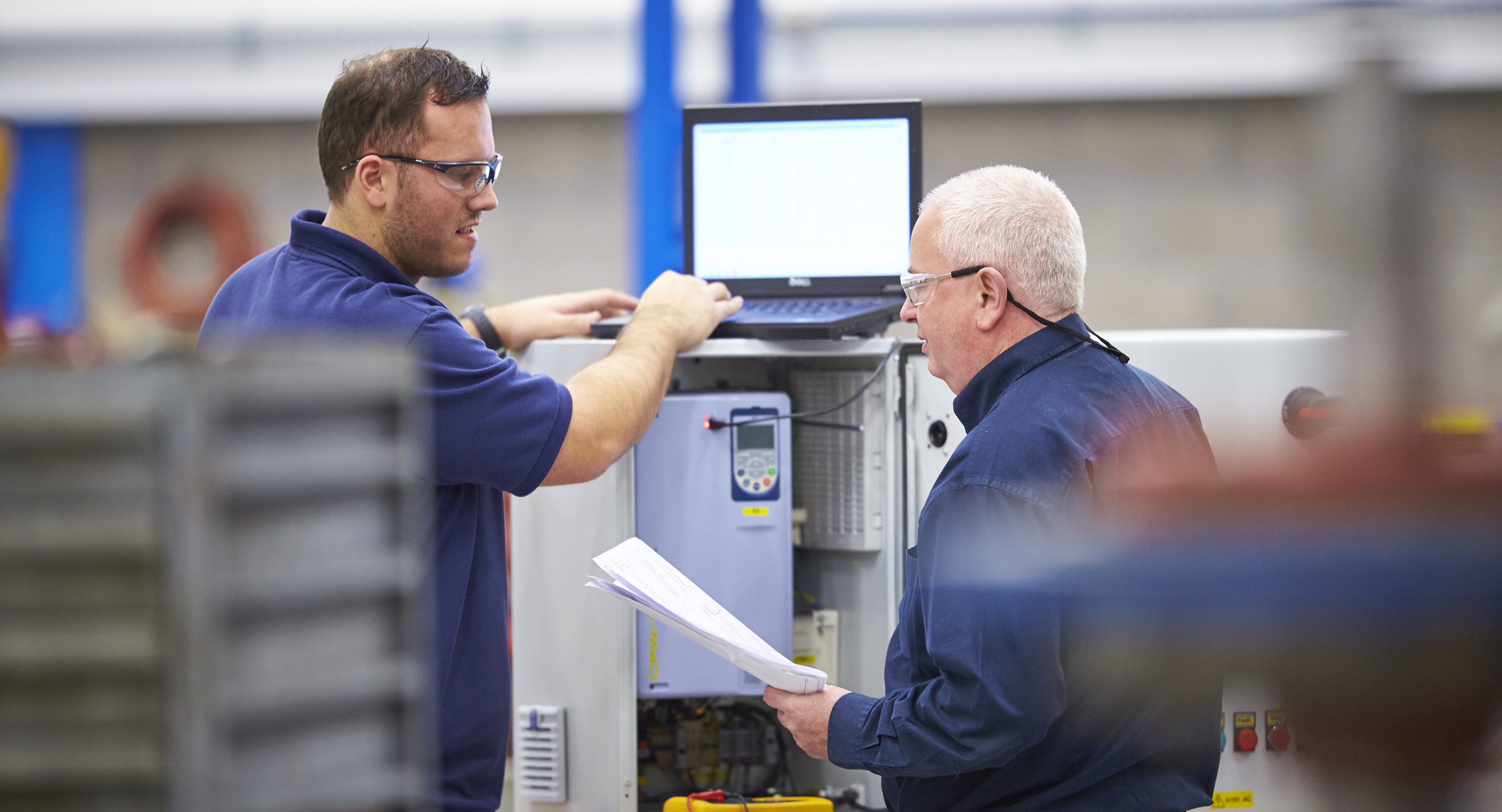
Avoiding downtime with variable speed drives and VFDs
Most industrial processes will have a period of time set aside for maintenance; it may be a specific shut-down period or it may be a regular program that looks at individual items in a manner that suits the on-site maintenance department. However, very often these maintenance schedules will look at the mechanical items, such as motors, pumps, fans, bearings, chains, belts and so on, but will neglect to carry out any checks on the electrical side.
Periodic electrical inspections may be carried out on the wiring installation, but unless specifically identified, items such as drives would be omitted from such an inspection. Very often VSDs are viewed as ‘black box’ technology and so only warrant attention when something goes wrong. Unfortunately, this approach can lead to considerable down-time, which may have a significant effect on overall production.
Many industrial and commercial companies are taking a more pro-active approach to maintenance but often this is not applied to electrical equipment such as VSDs. In many cases the in-house maintenance department may not contain the required skills or equipment and so it would be better to employ the services of a specialist, rather than overlooking the issues.
Engaging the services of an experienced repairer can pay significant dividends, not only for the preventative maintenance inspections, but also for repairs and general product support, which can minimize downtime in the event of a failure.
Periodic inspections include analyzing error codes and inspecting electrolytic capacitors and printed circuit boards (PCBs). There are also insulation resistance tests, fan and ventilation checks and using thermography to identify any loose connections or overheating components. In addition, the control program should be checked and also saved to an external location allowing it to be reloaded onto a new drive in the event of a catastrophic failure.
Diagnosis at the installation to determine the cause of VFD issues
In situations where a drive has failed, on-site diagnosis is crucial in order to determine the cause of the failure and to assess to most effective solution. Often the customer, and more specifically the operator, can provide vital information that can be used in conjunction with the error code information to establish the root cause of the failure. A thorough assessment will determine if the repair can be made on-site or if the drive needs to be taken back to the service center.
Often, the controls are operational. It’s usually the power side that fails, as this has to perform the majority of the work.
That said, all the VFD components— including diodes, capacitors and Insulated Gate Bipolar Transistors (IGBTs) — must be in working order.
Tip: Check the attached equipment as well, as there maybe a cable or winding fault causing issue within the drive. These checks include verification of the control software to ensure that it is still meeting the application requirements. In some cases improvements can be made to the software that will improve performance and efficiency, delivering further benefits to the customer.
Regular maintenance of VSDs, while the drive is still operational, is important. Not only does it highlight any issues to the customer, it may also offer solutions that can be implemented at a time best-suited to the customer; rather than forcing a reactive response in the event of a breakdown. With over 20 years’ experience in the repair of electronic drive control units, Sulzer service centers can provide a cost effective package that offers both preventative measures and a complete repair service that complements Sulzer’s wider maintenance offering.
Sulzer is an independent service provider for large rotating equipment. With technically advanced and innovative service and maintenance support solutions, Sulzer provides a turnkey service that provides its customers with the peace of mind to focus on their core operations. Included is an efficient and dependable high-voltage coil manufacturing and supply service, delivered from a purpose built facility within the Birmingham Service Centre, UK. It is recognized for producing very high quality coils for high voltage motors and generators; designed, manufactured and shipped by a highly skilled and dedicated team to ensure fast and reliable service. With an in-house copper rolling mill, Sulzer customers can benefit from round-the-clock manufacturing to ensure that every coil is delivered on schedule. In conjunction with constant quality control and full HV on-site testing facilities, Sulzer can deliver quality, precision and speed, any time, day or night. For more information, visit sulzer.com.

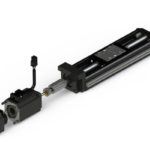
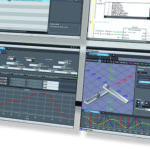

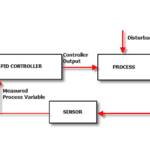
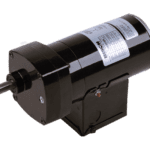

Leave a Reply
You must be logged in to post a comment.